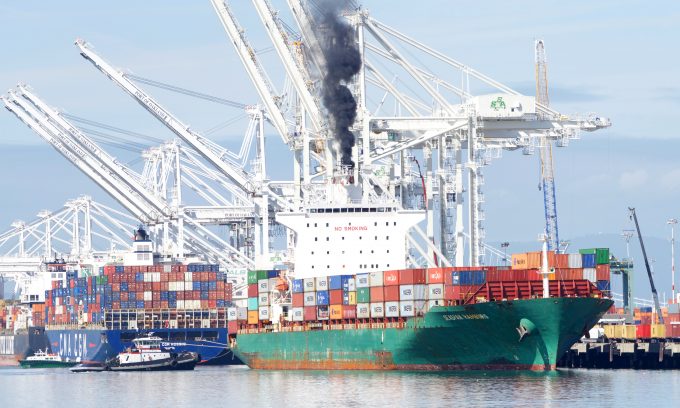Hapag-Lloyd warns customers EU ETS surcharge will 'roughly double'
Hapag-Lloyd has notified customers that existing EU ETS surcharges are expected to “roughly double” as ...

The EU’s ‘Fit for 55’ package announced on 14 July is the clearest policy-signal yet that the transition to net-zero is gathering steam. Aimed at transforming the European economy in pursuit of the EU’s ambitious climate goals, the package consists of a raft of legislative proposals designed to accelerate the decarbonisation of energy, land use and transport. It could mark the beginning of the end of the fossil fuel era for shipping.
The key catalyst, as had been widely anticipated, is ...
'Disastrous' DSV-Schenker merger would 'disrupt European haulage market'
'To ship or not to ship', the question for US importers amid tariff uncertainty
'Chaos after chaos' coming from de minimis changes and more tariffs
List of blanked transpac sailings grows as trade war heats up and demand cools
EC approves DSV takeover of DB Schenker
Shippers in Asia restart ocean shipment bookings – but not from China
Forto 'sharpens commercial priorities' as it lays off one-third of staff
India withdraws access for Bangladesh transhipments, in 'very harmful' decision
'Tariff hell' leaves industries in limbo – 'not a great environment to plan'
Temporary tariff relief brings on early transpacific peak season
Pre-tariff rush of goods from US to China sees air rates soar, but not for long
De minimis-induced ecommerce demand slump could cripple freighter operators
Asian exporters scramble for ships and boxes to beat 90-day tariff pause
Forwarders 'allowing the fox into the chicken run' by supporting 'hungry' carriers
Hapag 'took the bigger risk' when it signed up to Gemini, says Maersk
'Restoring America's maritime dominance' – stop laughing at the back of the class

Comment on this article